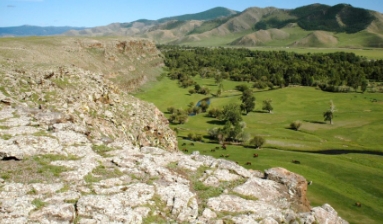Dynamic geomorphology is a fascinating field of study that seeks to understand the ever-changing natural processes that shape the Earth’s surface. By unraveling the forces behind dynamic geomorphology, researchers and scientists can gain valuable insights into the forces that shape landscapes and landforms over time.
The forces at work
One of the key forces behind dynamic geomorphology is erosion. Erosion is the process by which rocks and soil are gradually worn away by natural forces such as water, wind, and ice. This constant erosion plays a crucial role in shaping the Earth’s surface, creating features such as valleys, canyons, and cliffs.
Another important force in dynamic geomorphology is tectonic activity. Tectonic activity refers to the movement of the Earth’s tectonic plates, which can result in earthquakes, volcanic eruptions, and the formation of mountains. These tectonic processes can cause dramatic changes in the Earth’s topography, shaping the landscape in profound ways.
Climate and weather also play a significant role in dynamic geomorphology. Factors such as temperature, rainfall, and wind can all influence the rate of erosion and the formation of landforms. For example, intense rainfall can trigger landslides and soil erosion, while strong winds can sculpt sand dunes and rock formations.
The importance of studying dynamic geomorphology
Studying dynamic geomorphology is important for a number of reasons. For one, understanding the forces behind landscape formation can help researchers predict and mitigate natural hazards such as landslides, floods, and earthquakes. By studying the processes that shape the Earth’s surface, scientists can develop strategies to protect people and property from these potentially devastating events.
Additionally, studying dynamic geomorphology can provide valuable insights into the Earth’s past and future. By analyzing the landforms and landscapes that have been shaped by erosion, tectonic activity, and climate change, researchers can piece together the Earth’s geological history and make predictions about how the landscape may change in the future.
In conclusion, unraveling the forces behind dynamic geomorphology is a complex and fascinating endeavor that can provide valuable insights into the processes that shape the Earth’s surface. By studying erosion, tectonic activity, and climate, researchers can gain a deeper understanding of how landscapes form and evolve over time, ultimately helping to protect against natural hazards and make predictions about the Earth’s future.

